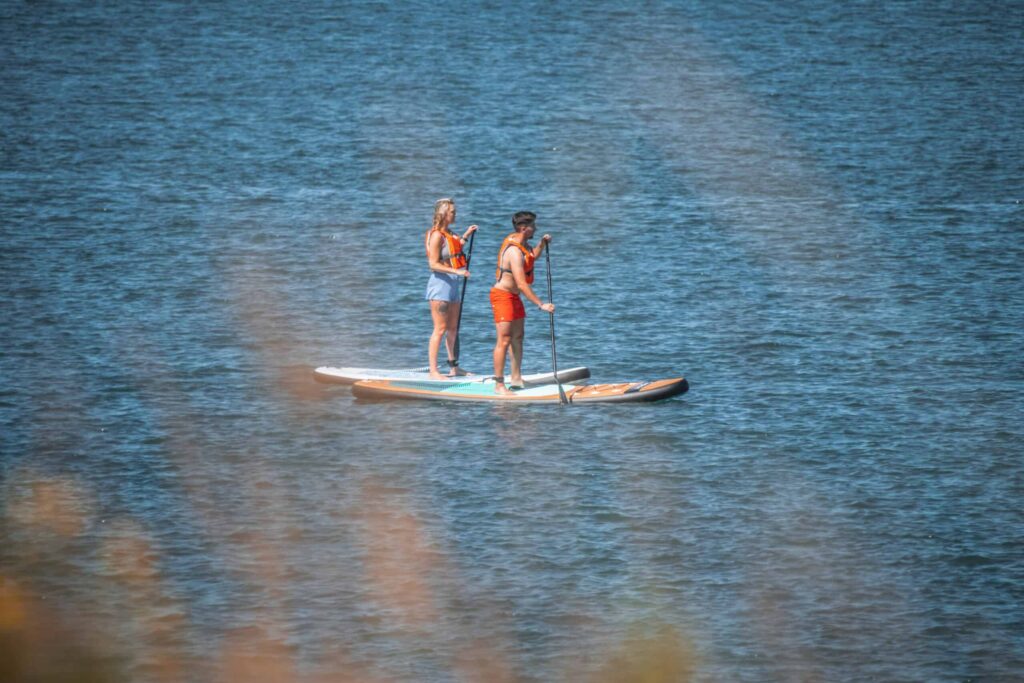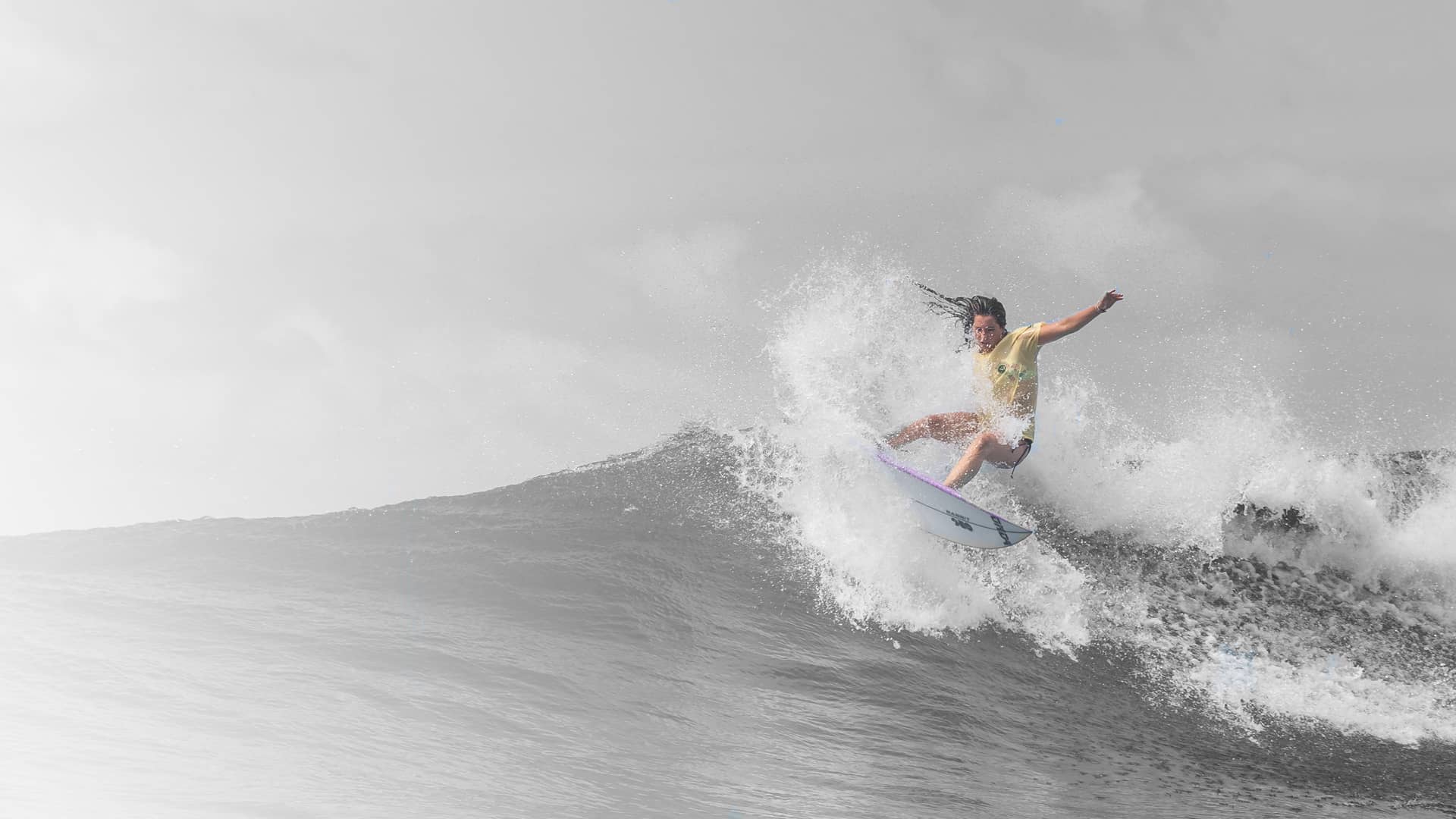Introduction
Paddleboarding, also known as stand-up paddleboarding (SUP), involves standing on a board while using a paddle to navigate through the water. It offers a versatile and enjoyable experience that can be adapted to various settings, from tranquil rivers to challenging ocean waves. Whether you’re a fitness enthusiast, nature lover, or thrill-seeker, paddleboarding has something for everyone.
Choosing the Right Equipment
Before venturing into paddleboarding, it’s crucial to choose the right equipment. Start with a stable and wide board, specifically designed for beginners. This will provide you with better balance and control while you’re learning. Additionally, invest in a quality paddle that suits your height and preferences. Remember, comfortable and properly fitted equipment enhances your overall experience on the water.
Mastering the Basic Techniques
To get started, you need to familiarize yourself with the basic paddleboarding techniques. Begin by finding a calm and shallow area where you can practice standing on the board. Start on your knees and gradually stand up while maintaining your balance. Learn how to hold the paddle correctly, with one hand on the grip and the other on the shaft. Engage your core muscles to maintain stability and use the paddle to propel yourself forward.
Safety First: Understanding the Water and Weather Conditions
Safety should always be a priority when paddleboarding. Before heading out, learn how to assess water and weather conditions. Be aware of potential hazards such as strong currents, tides, and wind. It’s advisable to paddle in calm and familiar waters during your initial stages. Wear a personal flotation device (PFD) and consider using a leash to keep your board attached to you in case you fall off.
Paddleboarding Etiquette
Respecting other water users and the environment is essential in paddleboarding. Follow these basic etiquette guidelines:
Yield to other paddlers when crossing paths.
Be mindful of swimmers, surfers, and wildlife.
Avoid crowded areas and give others enough space.
Dispose of trash properly and leave the environment as you found it.
Exploring Different Paddleboarding Locations
Paddleboarding offers the opportunity to explore various scenic locations. Research and discover beautiful lakes, rivers, and coastlines in your area. Each location presents unique challenges and experiences. Embrace the beauty of nature and enjoy the serenity while paddling through tranquil waters or catching waves on the open sea.
Staying Fit and Healthy for Paddleboarding
Paddleboarding is not just a fun activity; it also provides a full-body workout. To enhance your paddleboarding performance and prevent injuries, incorporate strength and balance exercises into your fitness routine. Focus on core strength, leg stability, and upper body endurance. Additionally, maintain a healthy lifestyle by staying hydrated, eating nutritious foods, and getting enough rest.
Troubleshooting Common Challenges
As a beginner, you may face certain challenges while paddleboarding. Here are a few common issues and how to overcome them:
Falling off the board: Don’t be discouraged by falls. Practice getting back on the board from the water and gradually improve your balance.
Dealing with waves: Start with smaller waves and gradually progress to bigger ones as you gain confidence and skill.
Handling windy conditions: Paddle closer to the shore or in protected areas to minimize the impact of strong winds.
Overcoming fatigue: Take breaks when needed, and listen to your body. Remember, paddleboarding should be enjoyable, not exhausting.
The Joys of Paddleboarding
Paddleboarding offers numerous benefits beyond just being a recreational activity. It allows you to connect with nature, reduce stress, and improve your overall well-being. Explore hidden coves, observe wildlife, and experience the sense of freedom as you glide across the water. Embrace the tranquility and the opportunity to escape the hustle and bustle of daily life.
Conclusion
Paddleboarding is an excellent water sport for beginners, offering a unique blend of relaxation, adventure, and fitness. By following the tips provided in this article, you can embark on your paddleboarding journey with confidence. Remember to prioritize safety, choose the right equipment, and master the fundamental techniques. Enjoy the freedom, serenity, and excitement that paddleboarding brings.
FAQs
Can anyone try paddleboarding, or is it only for experienced individuals?
Paddleboarding is suitable for individuals of all skill levels, including beginners. Just ensure you start in calm waters and learn the basic techniques before progressing to more challenging conditions.
Do I need to be a good swimmer to try paddleboarding?
While it’s always recommended to have basic swimming skills, wearing a personal flotation device (PFD) provides an added layer of safety and buoyancy.
What should I wear while paddleboarding?
Wear comfortable swimwear or quick-drying clothing that allows freedom of movement. Don’t forget to apply sunscreen and wear a hat to protect yourself from the sun.
Can I go paddleboarding alone?
It’s advisable to paddle with a companion, especially as a beginner. Having someone with you ensures mutual safety and assistance if needed.
How long does it take to become proficient in paddleboarding?
The learning curve varies for each individual. With regular practice and dedication, you can become comfortable on the board within a few sessions.







